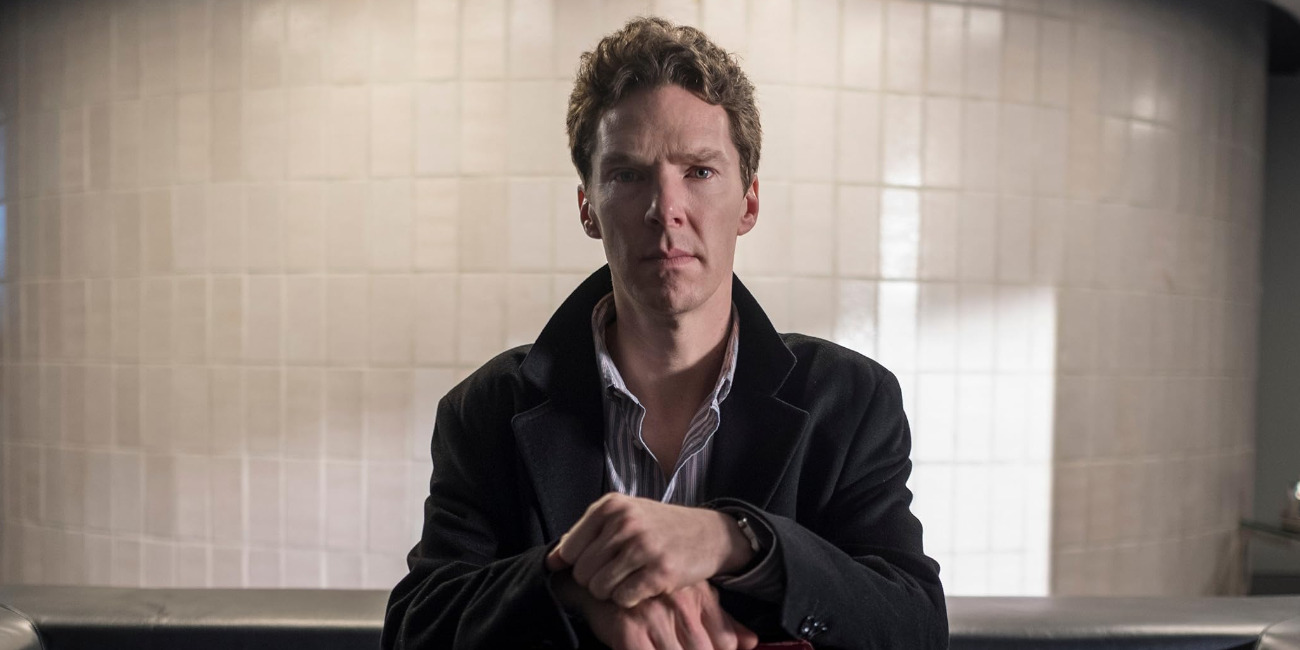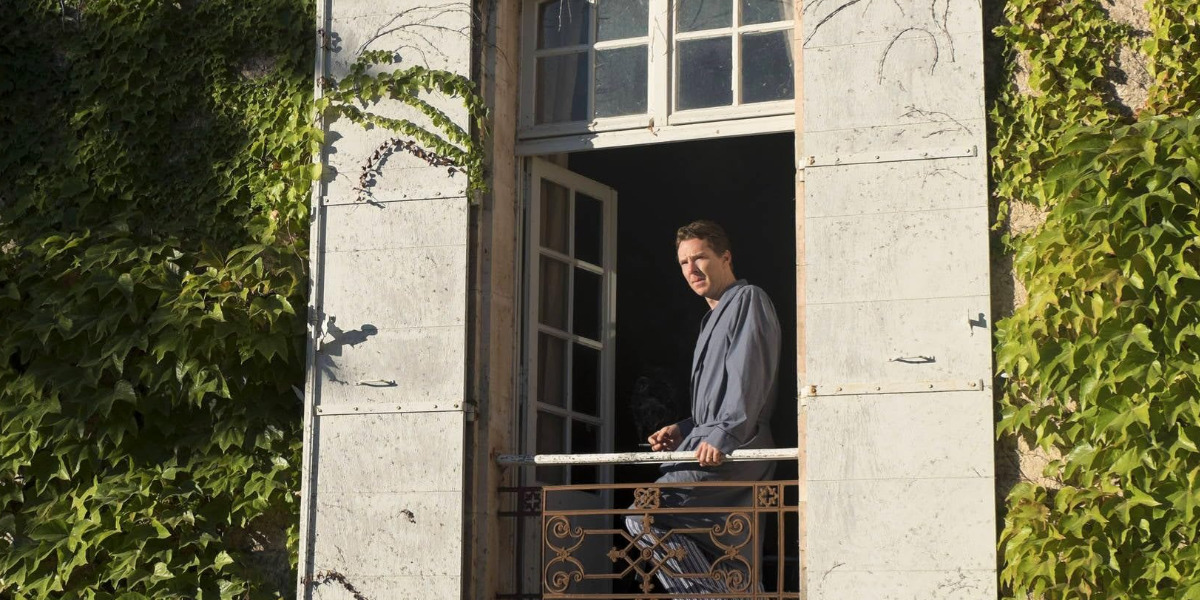In ‘Patrick Melrose,’ the viewers accompany the titular protagonist whose past childhood trauma continues to shape his reality as an adult while he attempts to break the cycle of his parent’s abuse and neglect. Once David Melrose finally kicks the bucket, his son, Patrick, finds the inclination to give up his substance addiction. Nevertheless, even in death, David’s horrid abuse toward young Patrick continues to haunt the man, complicating his road to recovery. The show provides an out-of-order account of Patrick Melrose’s life, with the narrative retaining a dual nature between his childhood and adult life. As such, with the story’s ever-changing background, intrigue is bound to build about the setting. SPOILERS AHEAD!
Patrick Melrose: A Story That Spans The Late 1960s to The Early 2000s
While ‘Patrick Melrose’ retains a relatively streamlined storytelling style with the tale oscillating between the past and the present, numerous periods of the protagonist’s life become the narrative center. Therefore, the story doesn’t stay confined to one time period. Instead, it follows a timeline with 1967 as its earliest stop and 2005 as the latest. Notably, these time periods tie the show to the real life of Author Edward St. Aubyn, whose semi-autobiographical novels are the source material behind ‘Patrick Melrose.’

Chronologically, Patrick’s on-screen story picks up in 1967 when the boy, around eight years of age, stays in his family’s estate with an abusive father and a drunken mother. During this time, Patrick’s relationship with his father, David, worsens as the man begins consistently sexually abusing the kid while remaining physically and mentally abusive toward him. The flashbacks to this time that are littered throughout the narrative provide a context for Patrick’s tortured disposition into his adulthood as he attempts to cope with the trauma he underwent as a child.
From there, 1982— the narrative beginning of the story— arrives as another significant time in Patrick’s life. The same year, David Melrose dies, and his son receives a confounding phone call that informs him of the same. Consequently, after learning about his father’s passing, which elicits warring emotions within the man, now in his early 20s, Patrick forays into his earliest notable attempts at sobriety. This journey remains defined by phone booth calls to close friends in similar situations, as well as drug dealers alike. Furthermore, the era is reflected in the narrative through the convenient access to hard drugs such as cocaine and heroin, which were socially relevant at the time.
Afterward, the story makes a quick stop in 1990, when Patrick and his similarly sober friend, Johnny, attend an ostentatious party that tests their dedication to sobriety before the audience witnesses Patrick’s life in the early 2000s. By then, Patrick has turned his lonely, drug-addled life around and stands as a husband and a father of two young boys. Through this time period, the narrative depicts Patrick’s dogged efforts to maintain his recovery while also showcasing the continued weight of his past trauma.
Eventually, the story arrives in 2005— when Patrick has hit another rock bottom reminiscent of his 1980s existence. Due to his inability to remain sober, the man loses his wife and kids in a separation. Yet, as he deals with the death of his mother— he realizes he can move on from, if not entirely close, a chapter of his life. Thus, in following Patrick from his childhood to his mid-40s, the show encapsulates the dreary— but hopeful— journey of trauma recovery.
London, France, and New York: The Landmarks of Patrick’s Life
Much like the show’s time period, its geographical setting similarly changes depending on Patrick’s narrative. The character’s childhood remains confined to a scenic estate in Southern France, where he lives with his parents and their visiting friends. Consequently, France marks a dark chapter in Patrick’s life, with the luxurious mansion becoming a house of nightmares as the kid is forced to endure his father’s abuse. Thus, in France, fields of vineyards become witnesses to young Patrick’s frustration while hidden, flowery caverns house him in his grief.

Inversely, as Patrick grows up, he returns to the same French estate to spend a summer with his kids. The time brings up rotten memories, further aggravated by his dying mother’s attempts at philanthropy, all the while ignoring her son’s struggle. Therefore, France remains a complicated point in Patrick’s journey. Similarly, the robust streets of New York also accompany the man during a tumultuous time in his life. After Patrick’s father dies, he travels to New York to collect his ashes. The character’s vow of sobriety breaks easily under the weight of cold withdrawal, leading to chaotic nights of cocaine, heroin, and near-suicide attempts.
Ultimately, London presents Patrick with the closest thing to a home. The man starts his narrative journey in London, high as a kite, when he receives news of his father’s passing and ends the show in it as well after his mother’s funeral. Since St. Aubyn’s life was the inspiration behind his alter ego, Patrick Melrose, the depiction of London, France, and New York, per St. Aubyn’s experiences, authenticates the on-screen character and his narrative.
Read More: Best Movies About Drugs on Netflix


You must be logged in to post a comment.